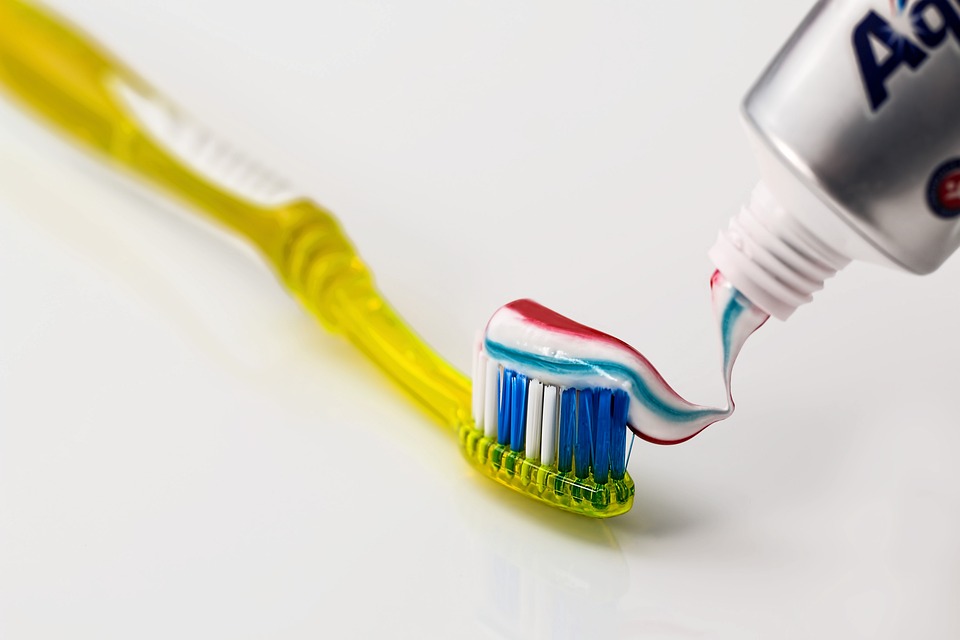The Ultimate Guide to Wisdom Teeth Extraction: What You Need to Know
Introduction
Wisdom teeth extraction is a common dental procedure that many individuals undergo during their late teens or early twenties. These third molars, also known as wisdom teeth, often cause problems such as pain, overcrowding, and oral infections. In this comprehensive guide, we will delve into the details of wisdom teeth extraction, providing you with the essential information you need to make informed decisions about your oral health.
Understanding Wisdom Teeth
Wisdom teeth are the last set of molars to emerge in the mouth, typically between the ages of 17 and 25. While some individuals may have no issues with their wisdom teeth, others experience a range of complications.
Common problems associated with wisdom teeth include:
- Impacted Teeth: Wisdom teeth may become trapped beneath the gum line, causing pain and potential damage to neighboring teeth.
- Overcrowding: The arrival of wisdom teeth can disrupt the alignment of existing teeth, leading to overcrowding and misalignment.
- Infections and Gum Disease: Partially erupted wisdom teeth can create pockets in the gums, making them susceptible to bacterial infections and gum disease.
- Cysts and Tumors: In rare cases, wisdom teeth can develop cysts or tumors, which can cause damage to the jawbone and surrounding teeth.
The Wisdom Teeth Extraction Procedure
Wisdom teeth extraction is typically performed by an oral surgeon or a dentist with specialized training in oral surgery. The procedure involves the following steps:
- Anesthesia: Before the extraction, the dentist will administer local anesthesia to numb the area around the wisdom teeth. In some cases, general anesthesia may be used to ensure the patient’s comfort throughout the procedure.
- Incision: The dentist will create an incision in the gum tissue to access the wisdom tooth or teeth. In cases of impacted teeth, the dentist may need to remove some bone to access the tooth.
- Extraction: The tooth will be carefully extracted using specialized dental tools. In certain situations, the tooth may need to be divided into smaller pieces for easier removal.
- Suturing: Once the tooth is removed, the dentist will clean the extraction site and close the incision with dissolvable stitches.
Recovery and Aftercare
After the wisdom teeth extraction procedure, it is crucial to follow the dentist’s instructions for a smooth recovery. Here are some essential aftercare tips:
- Pain Management: Over-the-counter pain medications or prescribed pain relievers can help manage any discomfort or pain following the procedure.
- Swelling and Bruising: Applying an ice pack to the affected area can help reduce swelling and bruising. It is recommended to do this in intervals of 20 minutes on and 20 minutes off for the first 24 hours.
- Oral Hygiene: Gently rinsing the mouth with warm saltwater can promote healing and prevent infection. However, it is important to avoid vigorous rinsing or brushing around the extraction site for the first few days.
- Dietary Restrictions: Stick to soft foods and liquids for the first few days after the procedure. Avoid hot or spicy foods, as well as using straws, as they can interfere with the healing process.
- Rest and Relaxation: Take it easy for a few days after the extraction to allow your body to heal. Avoid strenuous activities or exercise.
FAQs (Frequently Asked Questions)
Q: How long does it take to recover from wisdom teeth extraction?
A: The recovery period varies from person to person, but typically it takes about a week to fully recover. However, it is common to experience some discomfort and swelling for the first few days.
Q: Is wisdom teeth extraction painful?
A: The procedure itself is not painful as you will be under anesthesia. However, some discomfort and swelling can be expected during the recovery period. Your dentist will provide you with appropriate pain management recommendations.
Q: Are there any risks associated with wisdom teeth extraction?
A: As with any surgical procedure, there are some risks involved. These may include infection, dry socket, nerve damage, and temporary or permanent changes in sensation. However, these complications are rare and can be minimized by following your dentist’s post-operative instructions.
Q: Can I drive myself home after the wisdom teeth extraction?
A: It is recommended to arrange for someone to drive you home after the procedure, especially if you received general anesthesia. The effects of anesthesia can impair your judgment and reflexes, making it unsafe to drive.
Q: When should I contact my dentist after the extraction?
A: If you experience severe bleeding, excessive pain, or signs of infection such as fever or pus discharge, it is important to contact your dentist immediately. They will provide further guidance and may ask you to come in for a follow-up appointment.
For more information on wisdom teeth extraction, you can visit example.com or anotherexample.com.







